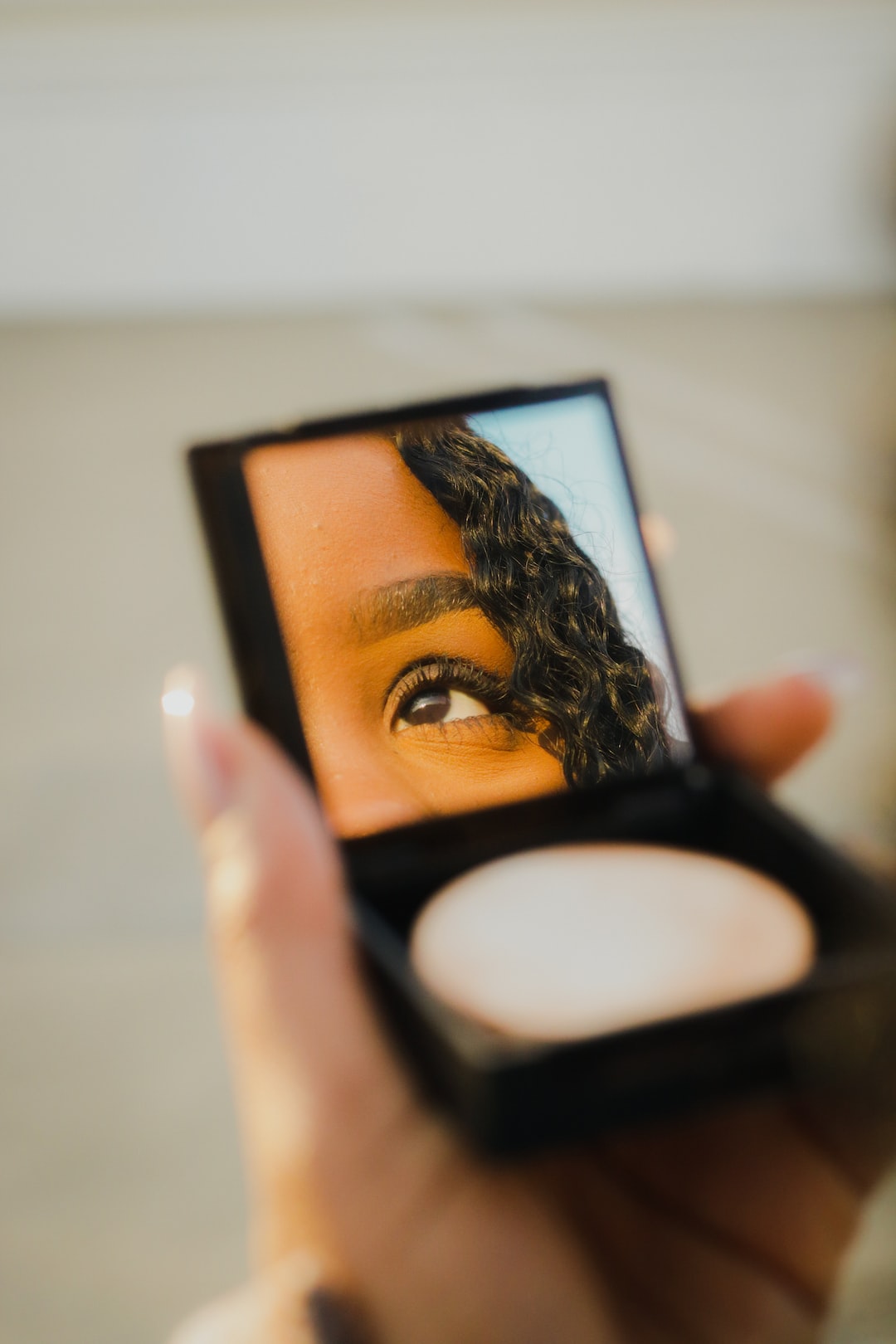The Art of Color Correcting: Concealing Blemishes and Imperfections
When it comes to achieving flawless looking skin, color correcting is an indispensable technique in any makeup artist’s toolkit. Whether you suffer from acne, dark circles, or redness, color correcting can help you achieve an even complexion and hide imperfections. In this blog post, we will delve into the art of color correcting and share some tips and tricks on how to conceal blemishes and imperfections flawlessly.
Understanding Color Theory
Before we dive into specific color correcting techniques, it is essential to understand the basics of color theory. According to this theory, opposite colors on the color wheel cancel each other out. For example, green cancels out red, orange neutralizes blue, and so on. By applying these principles to your makeup routine, you can create a seamless canvas to achieve impeccable results.
Step 1: Assess Your Skin’s Needs
The first step in color correcting is to assess your skin’s needs. Take a close look at your complexion and identify any specific concerns or imperfections you want to address. By understanding the color wheel and determining which shades are opposite to those of your blemishes, you can choose the correct color corrector to neutralize them effectively.
Step 2: Select the Right Color Corrector
Now that you have determined the color corrector you need, it’s time to choose the right product. Color correctors come in various formulations such as creams, sticks, or liquid concealers. Choose a texture that works best for your skin type and desired level of coverage. Additionally, opt for a formula that offers buildable coverage, as some blemishes may require more pigment for full camouflage.
Step 3: Apply Color Corrector
To begin, prepare your skin with a clean and moisturized base. Next, apply a thin layer of color corrector directly onto the targeted area using a small brush or your fingertips. Remember to start with a small amount and gradually build up the product to ensure a natural finish. Gently blend the color corrector into the skin until it seamlessly blends with the surrounding complexion.
Step 4: Apply Foundation
Once you have achieved an even base with the color corrector, it’s time to apply your foundation. Choose a foundation that matches your skin tone and has a natural finish. Apply it using a brush, sponge, or your fingertips, making sure to blend it thoroughly into the skin. The foundation will help even out the corrected areas and provide a smooth canvas for the rest of your makeup.
Step 5: Conceal and Set
If necessary, apply a concealer that matches your skin tone to any remaining blemishes or imperfections that the color corrector did not fully cover. Use a small, precision brush to target these areas specifically. Gently blend the concealer until it seamlessly fades into your foundation.
Lastly, set your makeup with a translucent powder to ensure longevity and avoid creasing. Lightly dust the powder all over your face using a fluffy brush or a powder puff, paying extra attention to the areas where you applied color corrector and concealer. This final step will help lock everything in place and give you a flawless, matte finish.
Additional Tips and Tricks
– Less is more: When it comes to color correcting, it is always better to start with a small amount of product and gradually build it up. This will help you achieve a natural finish without looking overly made up.
– Choose the right tools: The tools you use for color correcting can make a significant difference in the end result. Small, precise brushes or beauty sponges are excellent for precisely applying and blending color correctors.
– Experiment and practice: Color correcting is an art that requires practice. Take the time to experiment with different techniques and products to find what works best for your skin and specific concerns. Don’t be afraid to try new things and adapt your routine as needed.
– Don’t forget skincare: While color correcting is an excellent temporary solution for blemishes and imperfections, it is crucial to address the underlying issues through a solid skincare routine. Regularly cleanse, moisturize, and protect your skin from the sun to improve its overall health and reduce the appearance of blemishes over time.
In conclusion, the art of color correcting is a game-changer when it comes to achieving flawless looking skin. By understanding color theory, selecting the right products, and applying them correctly, you can conceal blemishes and imperfections seamlessly. Remember to start with a clean and moisturized base, choose the right color correctors, and blend everything seamlessly for natural-looking results. With practice and experimentation, you will master the art of color correcting and embrace the flawless complexion you desire.

